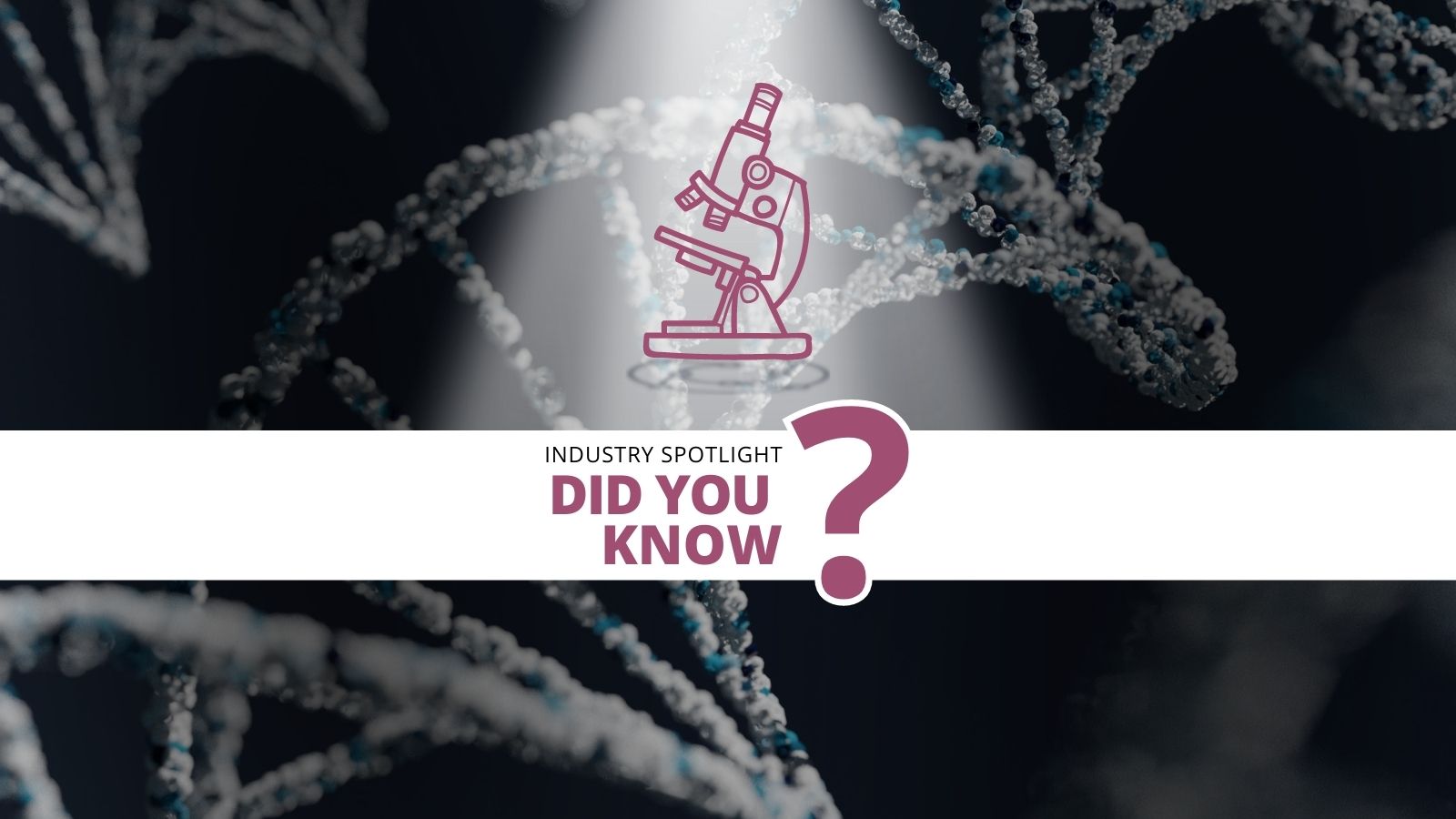20 Years Ago This Month: Human Genome Project Sequences 92% of the Human Genome

In April 2003, the Human Genome Project produced a sequence that accounted for over 90% of the human genome.
The project was established in 1990 with the aim of mapping out the base pairs constituting human DNA, comprehensively mapping out a complete genome.
As a collaborative international effort, the Human Genome Project was the product of a desire to explore an unknown part of the biological world.
It involved researchers from 20 different academic institutions and research centres across the world, including the UK, US, France, Germany, Japan, and China.
Economic gains and benefits from the approaches pioneered have reflected direct links between resulting products and advances in the pharmaceutical and biotechnological industries.
Because the project aimed to sequence the complete human genome, significant effort was made to improve contemporary methods for DNA sequencing.
The project ultimately used one particular method for DNA sequencing — Sanger sequencing — but helped to advance the basic method through a series of major technical innovations, laying the groundwork for the future introduction of next generation sequencing methods.
The Legacy of the Human Genome Project
In 2003, researchers involved in the project announced that it had generated an ‘essentially complete’ human genome sequence, with 92% of the human genome accounted for.
However a truly complete sequence was only achieved by the Telomere-to-Telomere (T2T) consortium in 2022.
Still, this was the best that could be achieved with technology available at the time, and it represented a landmark in collaborative approaches to scientific research.
Further accomplishments associated with the sequencing of the human genome included an advanced draft of the mouse genome sequence, as well as an initial draft of the rat genome.
- How untargeted metabolomics analysis is being reinforced by AI/ML approaches
- Treating the untreatable with new approaches to melanoma brain metastases
- Improving patient success in the fight against graft versus host disease
In addition, the project identified more than three million human genetic variations known as single-cell nucleotide polymorphisms (SNPs).
Every part of the draft human genome sequence was made publicly available shortly after production, in line with the ‘Bermuda Principles’ agreed upon in development.
This agreement has been credited with establishing a greater awareness and openness to the sharing of data in biomedical research.
Get your weekly dose of industry news and announcements here, or head over to our Omics portal to catch up with the latest advances in spatial analysis and next-gen sequencing.
Related Events
For more on this topic, you may be interested in our upcoming 16th Annual Next Generation Sequencing & Clinical Diagnostics CongressRelated Resources







